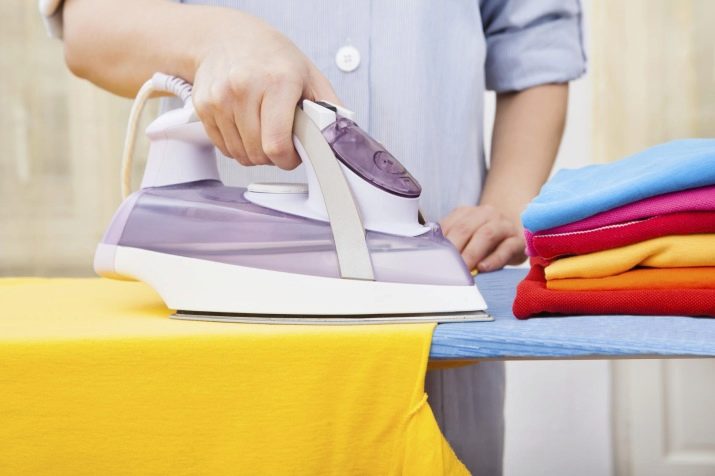What is stretch and how is fabric used?
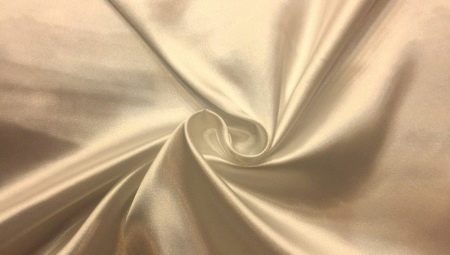
Despite the not quite good "reputation" of synthetic fabrics, one cannot fail to note the fact that they gave us the opportunity to purchase comfortable and beautiful clothes that hide figure flaws, also at an affordable price. One of these fabrics is stretch. It does not represent any specific matter with a specific appearance or properties - there are many types of this material. Almost everyone in their wardrobe has a couple of things from the varieties of this material. All about what characteristics of the stretch material make it versatile and comfortable to wear, as well as how to care for it, and much more will be discussed in the article.
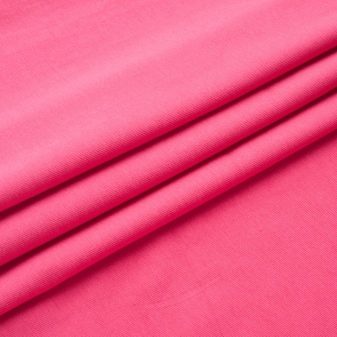
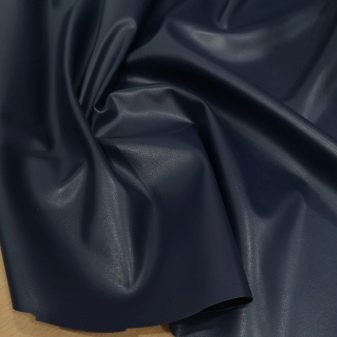
general description
In English, stretch means to stretch. Stretch fabric is an elastic stretch fabric. The main part of the material is made up of various fibers - synthetic, natural or artificial. The fabric becomes elastic and stretchable due to the addition of fibers such as elastane, lycra and spandex to it. Stretch contains no more than 30% elastic fibers. However, it is often enough to add a few percent of the total amount of fibers to the fabric for it to become stretchable. Stretch includes a whole group of materials.
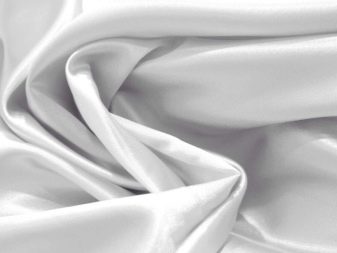
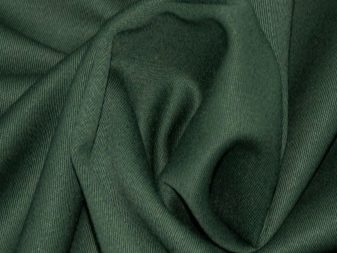
How much the fabric will stretch depends on which threads and how they were woven during the fabrication process. For example, a fabric that has elastic components in both the lobar threads and the weft threads will stretch better than the analogue with elastic threads only in the lobar threads. If the stretch stretches in one direction, then it is mono stretch, and if in two (or in all directions), then it is bistrach.Often, all varieties of stretch are practically indistinguishable from each other in appearance.
Differences become noticeable only after the application of force. The material has a fairly wide application, especially in the clothing industry.
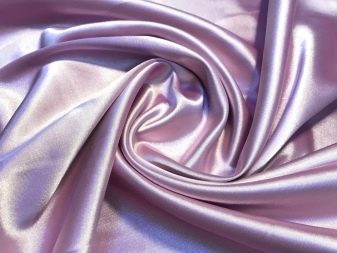
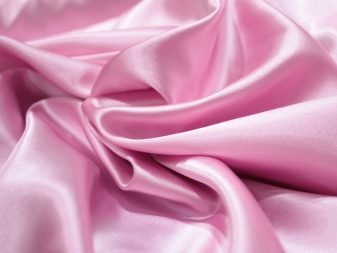
Views
As mentioned above, if stretching threads are added to any fabric, then the matter immediately turns into a kind of stretch fabric. There are two main groups of such fabric, which we will analyze in more detail.
Monostrate. Stretch denim is a prime example. This dense material has been popular for many years. Pants, jackets, shorts, skirts, dresses, accessories and even hats are sewn from it. The fabric tolerates mechanical stress and is durable. Jersey fabric is also popular. It is a delicate stretchy material. Weaving - jersey. The fabric, soft to the touch, drapes beautifully and stretches only in width. Often home clothes, sleeping kits and more are sewn from it.
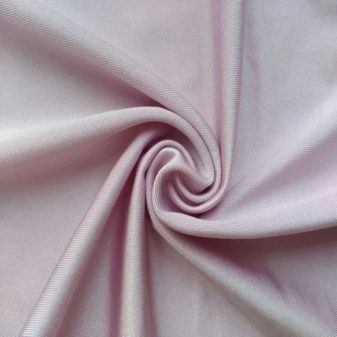
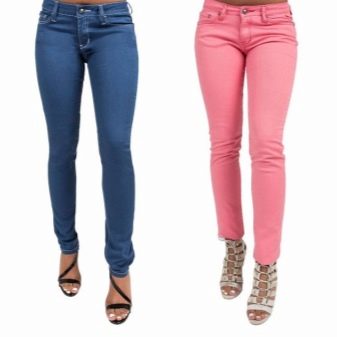
Stretch linen composition includes less than 5% of elastic threads, but this makes the fabric many times more comfortable to sew and wear, and also increases the service life of the product. Stretch cotton has thin threads (unlike ordinary cotton fabric), but otherwise is no different from it. Poplin, the main material of which is cotton, is well suited for sewing bed linen.
Exists stretch velvet... Stage costumes and evening dresses are sewn from it. The varieties of this fabric are suit materials. barbie and tiara... They are used to produce school uniforms and suits that provide an almost perfect fit. Elastic silk also found its application in various festive outfits. A good fit can give and bengalinthat looks like silk.
It should be noted here and satin, similar to satin. It has become very popular with bridal salons.
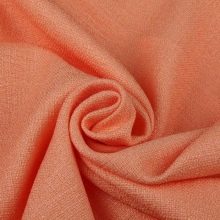
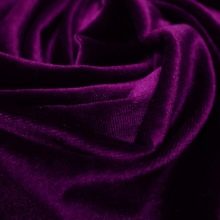

The second variety is a group of fabrics of the category bistrech... And the most famous fabric is supplex... It can stretch almost three times its original size. Has a smooth surface, dries quickly, almost does not get dirty. The fabric is also known diving... The material looks shiny and very durable.
Exists micro diving and diving stretch... One of those fabrics that hide figure flaws well. Moving on to knitwear, it can be noted the cook, as well as the riban... They contain cotton in their composition. They are breathable and do not cause allergies.
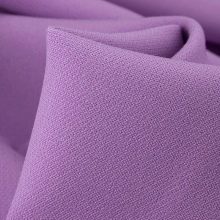
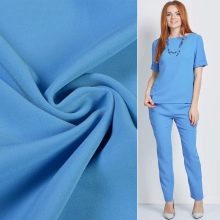

Footer material is a dense knitted fabric with a fleece. Keeps warm well and stretches. It is used to sew things designed to be worn during active activities. This includes fabric such as butter... It is a soft flowing fabric with a smooth surface. It has occupied its niche in the modern fabric market and black stretch mesh... It is used in sewing dresses, blouses, outfits and so on.
Initially chiffon was made from natural silk, now it is mainly of chemical origin. The lion's share of blouses, dresses, shirts and other things is sewn from this fabric. Stretch fabric with crepe relatively affordable and one of the most popular among the craftswomen. It is quite thin, but it looks, on the contrary, dense. It drapes well and is easy to handle.
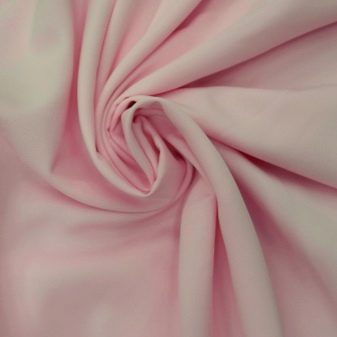

Lace fabric-stretch can stretch both in one direction and in all. It is usually made of polyester. Furniture fabrics of this kind are also gaining in popularity. Its advantages include a not very high price.
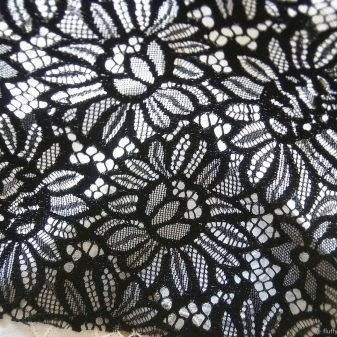
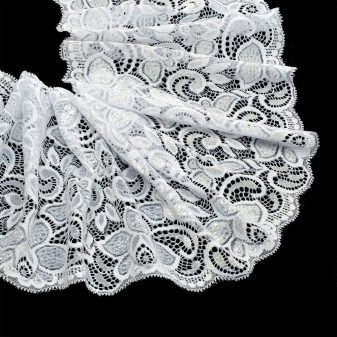
Application
Among all types of fabrics, stretch, perhaps, has the widest application. It is used for sewing dresses, trousers, sportswear, underwear, swimwear, socks, tights and more. It is actively used as upholstery fabric, as well as for various textiles - from sheets to pillowcases and a wide variety of covers.
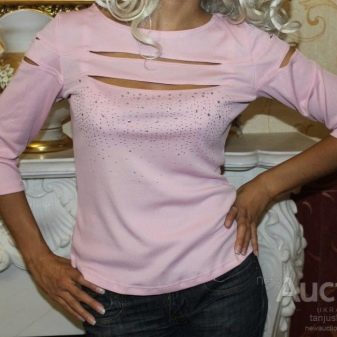
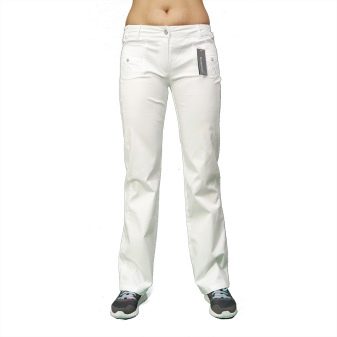
Supplex is used for sewing swimwear, as well as a decoration (for example, in the manufacture of dolls). T-shirts are made from micro diving, and shaping underwear is made from diving stretch. Clothes for the little ones are sewn from kulirka and ribana. Warm sports clothes from the footer.
Various mixed stretch fabrics are suitable for sewing not only evening dresses. They are so versatile in use that you can create both trains and flounces for a skirt and various draperies.
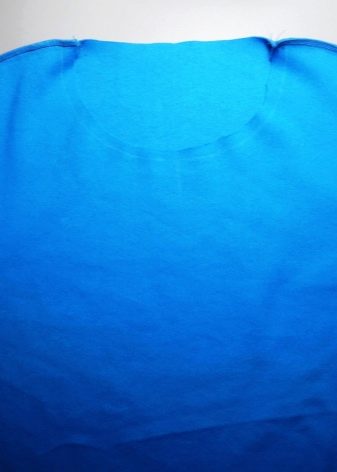
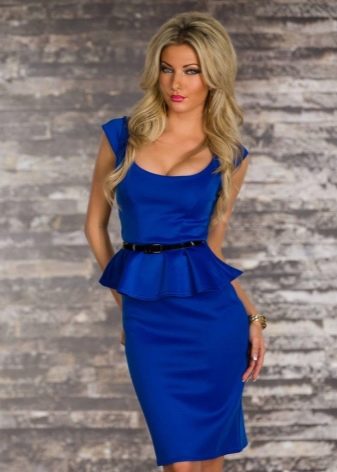
As already mentioned, there is a special stretch dress fabric that can be found in sewing stores under the name crepe or satin. The name speaks for itself - the fabric is used for sewing women's outfits.
The lining material should be noted separately. Lining is essential for business office suits or garments that are tight-fitting or whose main material is transparent. The smooth surface and its stretching properties are suitable for these specific cases.
A type of stretch called spandex is used even in medicine - elastic bandages and bandages are made from it. And also compression underwear is sewn from spandex.
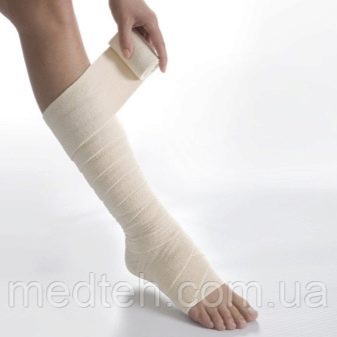
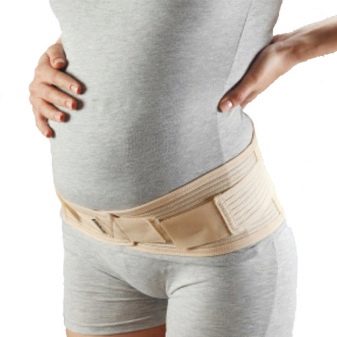
Care rules
The rules described below are more suitable for products made from expensive fabrics (for example, velor or silk). But since there are many varieties of stretch fabric, the requirements for washing and ironing are different for all products. For example, T-shirts and swimwear do not require the same care as an evening dress made of stretch. Nevertheless, it is better to observe all precautions, allowing only small "liberties" in relation to the more resistant varieties to various influences.
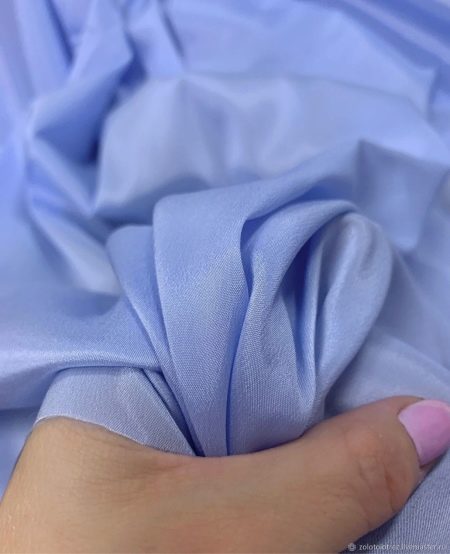
Washing and drying
Almost all canvases in this category are prone to perceptible shrinkage. The reason is not washing in hot water (as many believe), but a sudden change in temperature. It is believed that the maximum water temperature for washing stretch fabrics is 30 degrees. It is best to hand wash garments made from this fabric (especially if they are small). If this is bed linen or another relatively large product, then it is necessary to wash in a washing machine only in a delicate mode. This also applies to spinning. It should be carried out at the lowest possible number of revolutions.

Do not hang up a wet product. First, you need to leave it to drain horizontally and preferably flattened out.
It is undesirable to leave the stretch under the rays of the scorching sun - this does not very well affect the fabric itself and its color. It is possible to dry products on batteries or heaters, but they should not be allowed to dry out. If we are talking about an office suit or evening dress, then they can be dried only on mannequins or hangers.
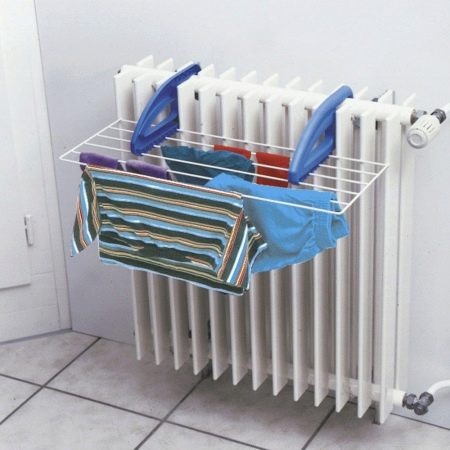
Ironing
In general, such things rarely need ironing. If such an exceptional case still presents itself, then you can iron with an ordinary iron at the lowest temperature. Usually, it is enough to put the iron on the “silk” or “synthetics” mode in order for the folds to be smoothed out. Do not iron products with a steam iron. After that, they will most likely sit down.
